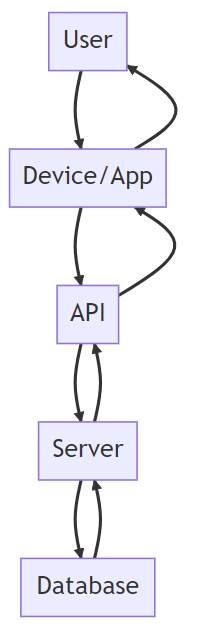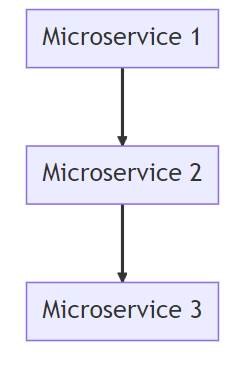In the ever-evolving landscape of technology, certain terminologies become buzzwords, often used but seldom understood by the masses. One such term that has gained significant traction in recent years is “API.” Coupled with the concept of microservices, APIs are reshaping the way we interact with digital platforms. Let’s embark on a journey to demystify these terms and understand their profound impact on the digital realm.
Understanding API: The Theoretical Perspective
“API” is an acronym for Application Programming Interface. While it might sound complex, the underlying concept is relatively straightforward. Imagine a scenario where two individuals, speaking different languages, wish to communicate. They would need a translator to convey their messages accurately. In the world of software, APIs play the role of this translator.
Theoretically, an API acts as a mediator, facilitating interactions between different software applications. It’s akin to a waiter in a restaurant. As a diner, you communicate your culinary preferences (requests) to the waiter (API). The waiter then conveys this to the kitchen (server), ensuring your dish (response) is prepared as per your specifications.

API in Action: The Practical Implications
While the theoretical understanding provides a foundation, the real magic of APIs is evident in their practical applications. Consider your daily interactions with digital platforms. Whether you’re checking the latest news, making an online purchase, or streaming your favorite song, APIs are working behind the scenes, ensuring a seamless experience.
For instance, when you search for a book on an online store, the platform doesn’t have all the book data stored. Instead, it sends a request via an API to a database, retrieves the relevant information, and displays it for you. This real-time data exchange, facilitated by APIs, is what powers the dynamic and interactive web experiences we’ve grown accustomed to.
APIs: Facilitating Conversations in the Digital Space
In the realm of software development, APIs are more than just tools; they’re enablers. They pave the way for diverse applications to converse, share data, and integrate functionalities. By providing a standardized set of protocols, APIs ensure that developers can leverage platforms and tools, even if they lack in-depth knowledge of their intricate workings.
Consider a travel aggregator platform. Instead of having its database of flight schedules, it integrates with various airlines’ APIs. This allows the platform to fetch real-time data, ensuring users have access to the most recent flight information. Such interoperability, facilitated by APIs, is the cornerstone of digital innovation, allowing for the creation of holistic solutions that draw from multiple sources.
Microservices: Redefining Software Architecture
As we delve deeper into the digital ecosystem, another term that warrants attention is “microservices.” In essence, microservices represent a paradigm shift in how applications are designed and developed.
Traditionally, software applications followed a monolithic architecture, where every component, from user interface to data processing, was part of a single, unified system. While this approach has its merits, it poses challenges in terms of scalability and adaptability.
Enter microservices. Instead of a single entity, applications are broken down into smaller, independent modules, each responsible for a specific function. These microservices, though autonomous, aren’t isolated. They communicate and interact, predominantly via APIs.
The beauty of this architectural style lies in its flexibility. Each microservice can be developed using the most suitable technology stack, deployed independently, and scaled based on its workload. This ensures that a surge in user demand in one module doesn’t impact the entire application.

Moreover, updates and enhancements become more manageable, as developers can modify individual microservices without overhauling the entire system.
The Symbiotic Relationship: APIs and Microservices
While APIs and microservices can exist independently, their true potential is realized when they come together. APIs act as the glue binding various microservices, ensuring they function cohesively as part of a larger system. This synergy between APIs and microservices is driving the next wave of digital transformation, enabling businesses to be more agile, adaptive, and customer-centric.
In Conclusion
The digital world is intricate, with myriad components working in tandem to deliver the experiences we take for granted. At the heart of this ecosystem are APIs and microservices, unsung heroes that ensure our apps run smoothly, our data is accessible, and our digital interactions are seamless. As we stand on the cusp of unprecedented technological advancements, the role of APIs and microservices will only become more pivotal, steering the direction of future innovations.



